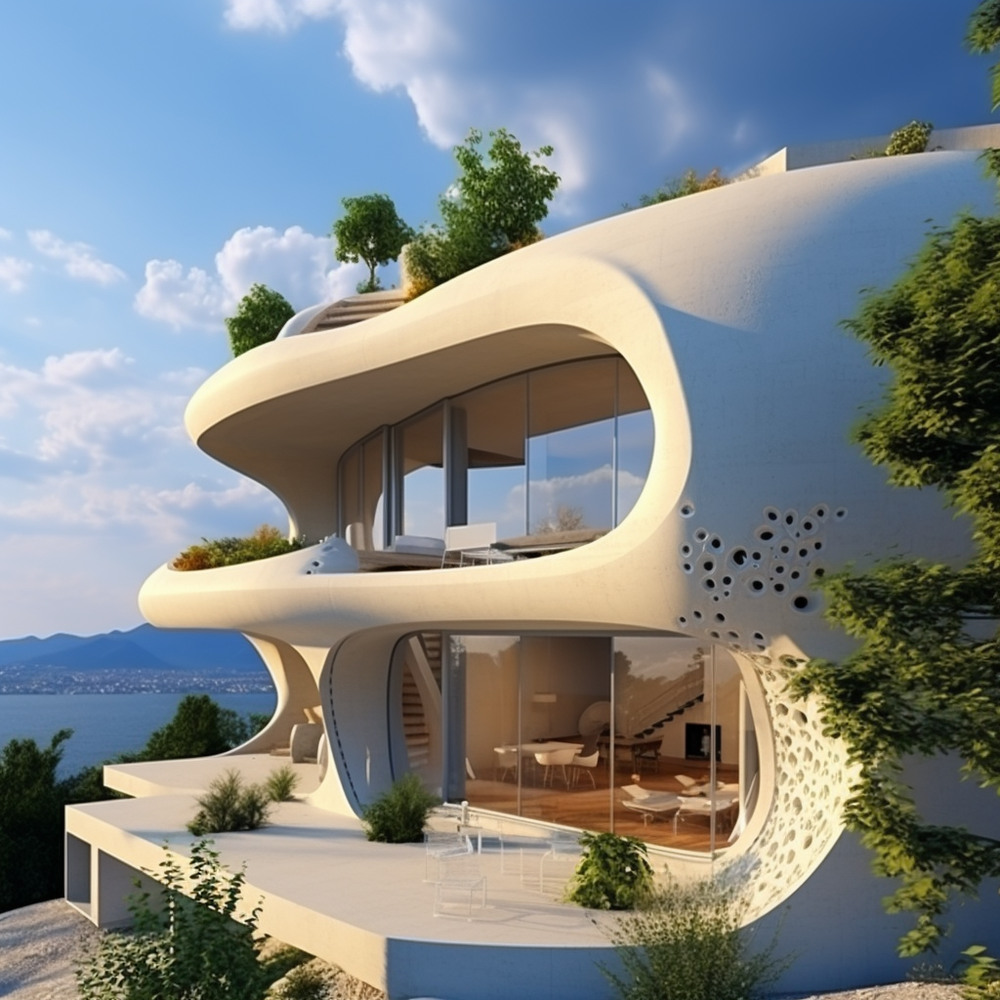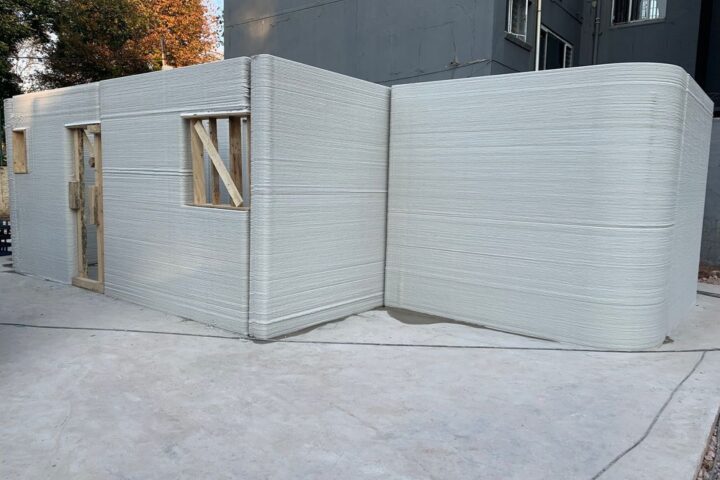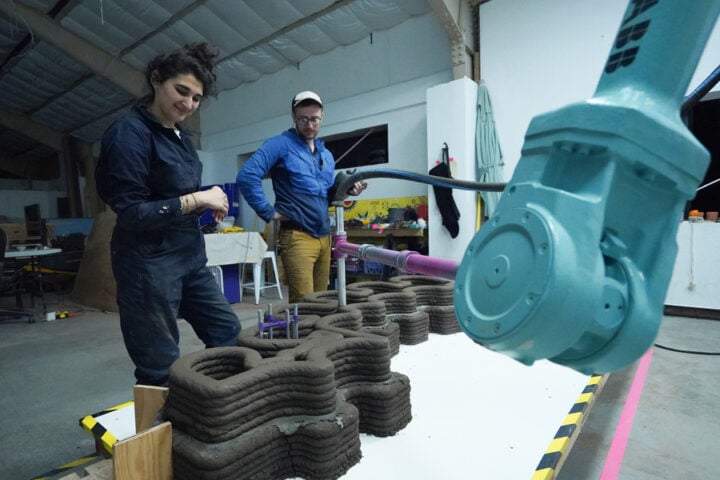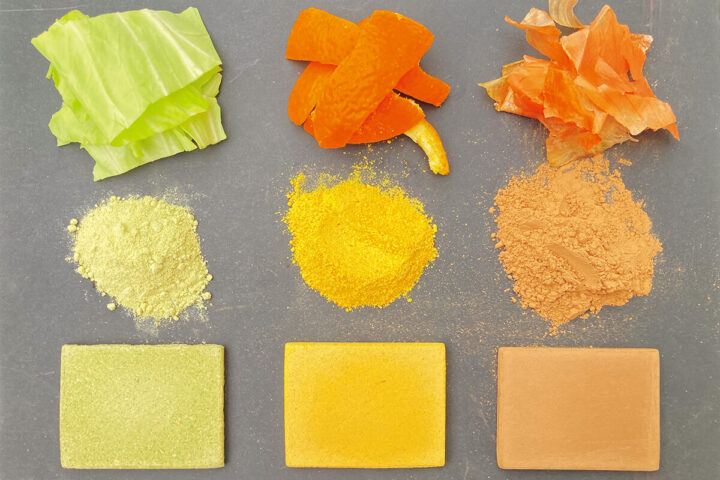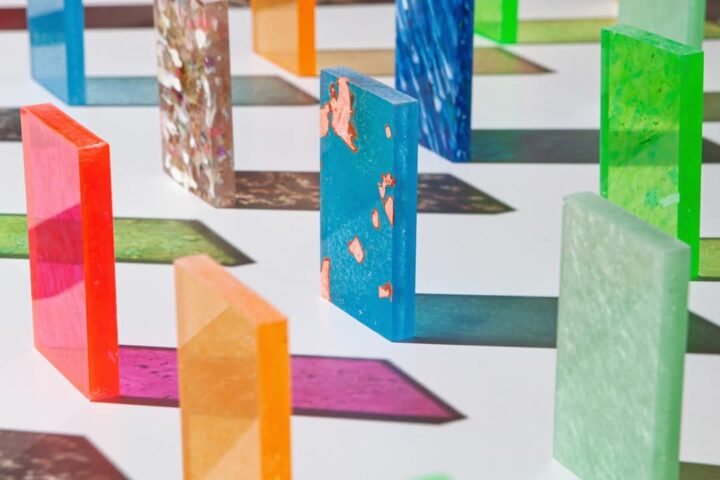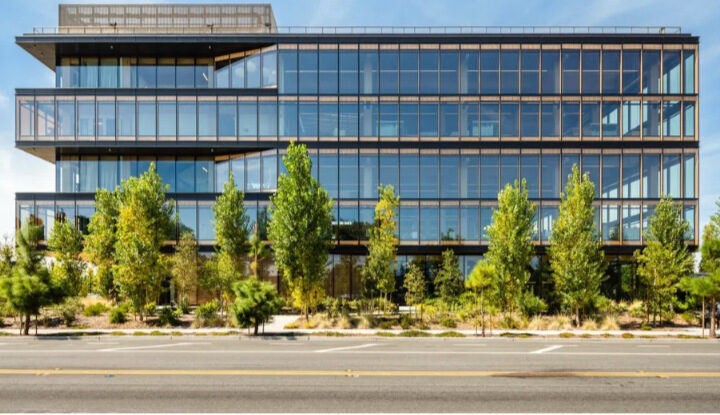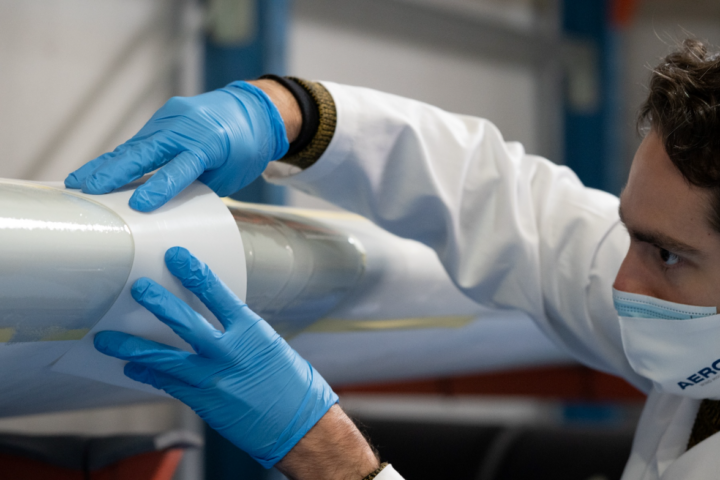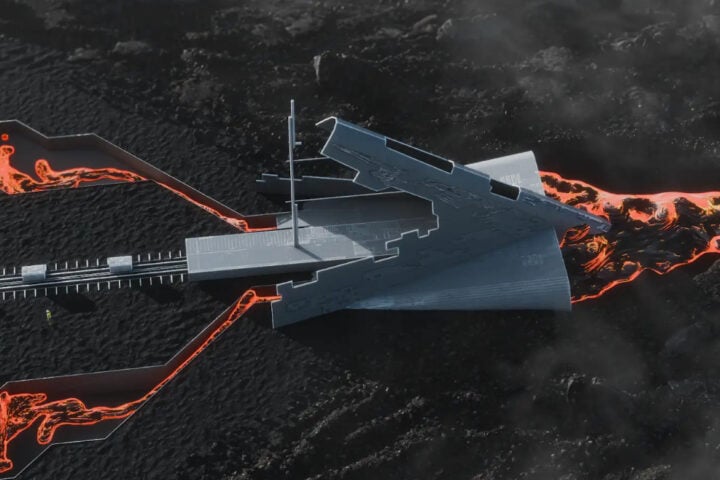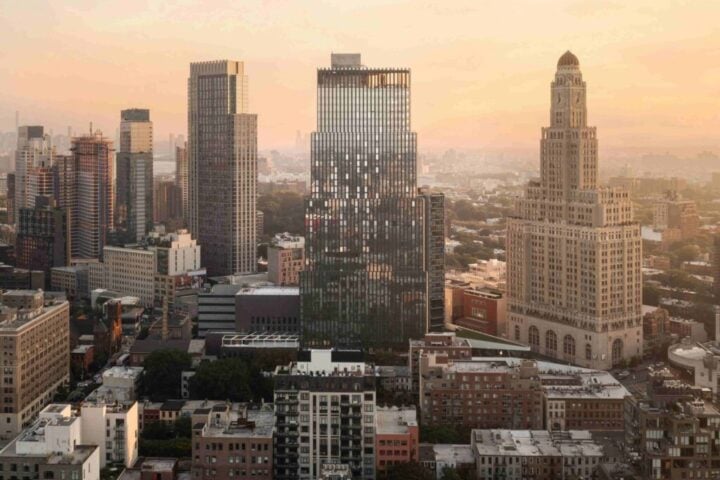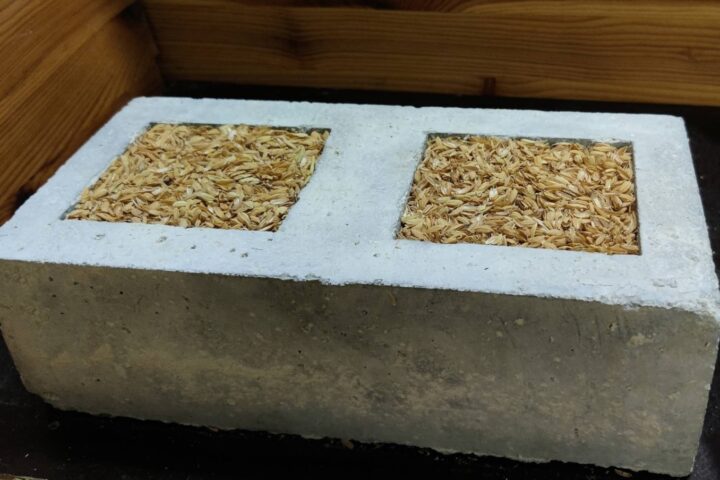In the realm of sustainable architecture, there’s a palpable excitement about C-Crete’s innovation. This isn’t just another eco-friendly alternative; it’s a potential game-changer in the world of construction materials. Rouzbeh Savary, the brain behind C-Crete, didn’t aim for a high-end niche product but an accessible, mass-market solution. His vision transcends the material itself, focusing on a future where sustainability is not a luxury but a norm.
Concrete, while essential in modern construction, is a significant contributor to CO2 emissions, accounting for about 7% globally. The industry’s carbon footprint has been a growing concern, pushing scientists and engineers to think outside the box. C-Crete’s technology is a response to this challenge, offering a lower-carbon footprint by utilizing local resources and industrial byproducts, and remarkably, absorbing CO2 over time.
Creating C-Crete wasn’t an overnight success. It involved rigorous testing and numerous failed attempts. “We probably identified around 2,000 formulas that didn’t work,” Savary recalls. But it was through this relentless pursuit that C-Crete was born, a testament to the grit and determination inherent in scientific discovery.
The buzz around C-Crete is just the beginning. The company recently received funding to explore even more groundbreaking work, like using captured carbon dioxide in its concrete, potentially leading to a carbon-negative footprint. The interest in C-Crete’s technology is a sign of the times. “More and more people are interested in solving this issue,” says Savary.
Similar Posts
C-Crete’s innovation is part of a larger movement in sustainable construction. Researchers worldwide are exploring biotechnology for eco-friendly solutions, like the Living Materials Laboratory at the University of Colorado Boulder, which is investigating cement-free living building materials using cyanobacteria.
Similarly, the concept of “circular construction” is gaining traction, focusing on reusing materials to reduce construction waste. Some European contractors now view buildings as “material banks,” temporary storehouses for materials to be reused in future projects.
The Future is Green
The construction industry stands at a crossroads. Innovations like C-Crete’s are paving the way for a more sustainable future, but they’re not the end of the journey. They’re the beginning of a broader shift in how we think about the materials we use to build the world around us. As we move forward, the focus on sustainability will only grow stronger, shaping the industry in ways we can only begin to imagine.
